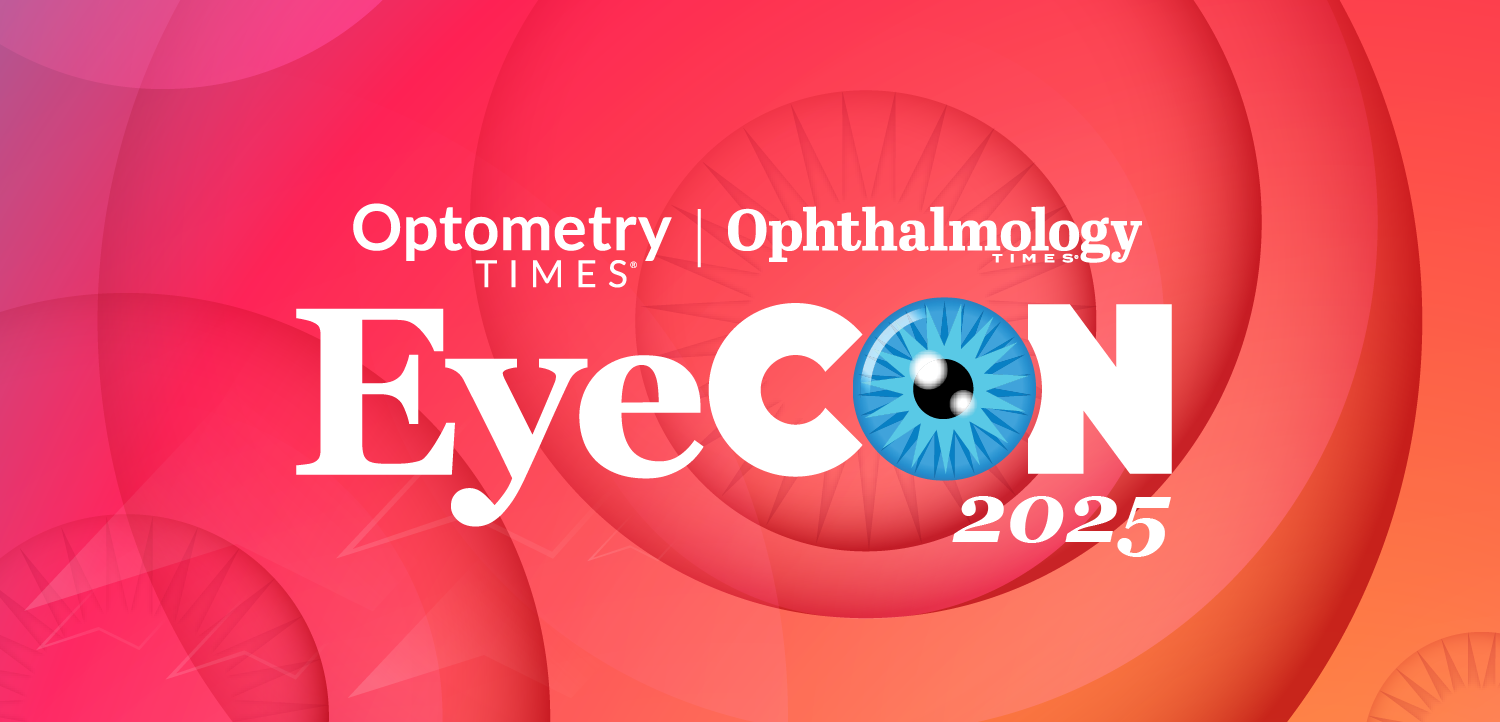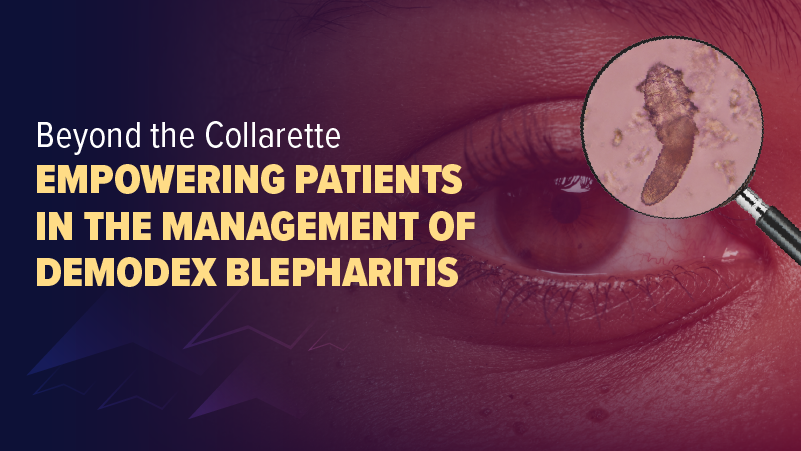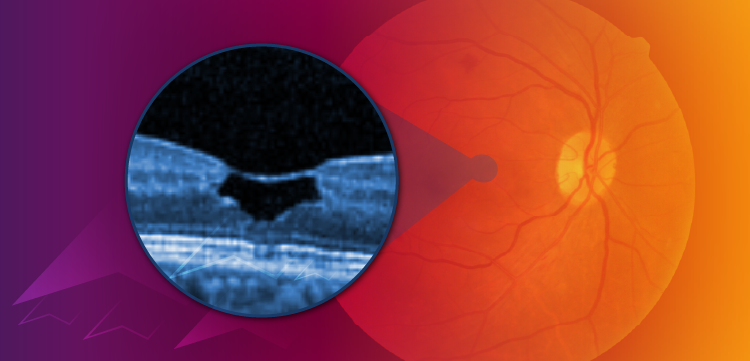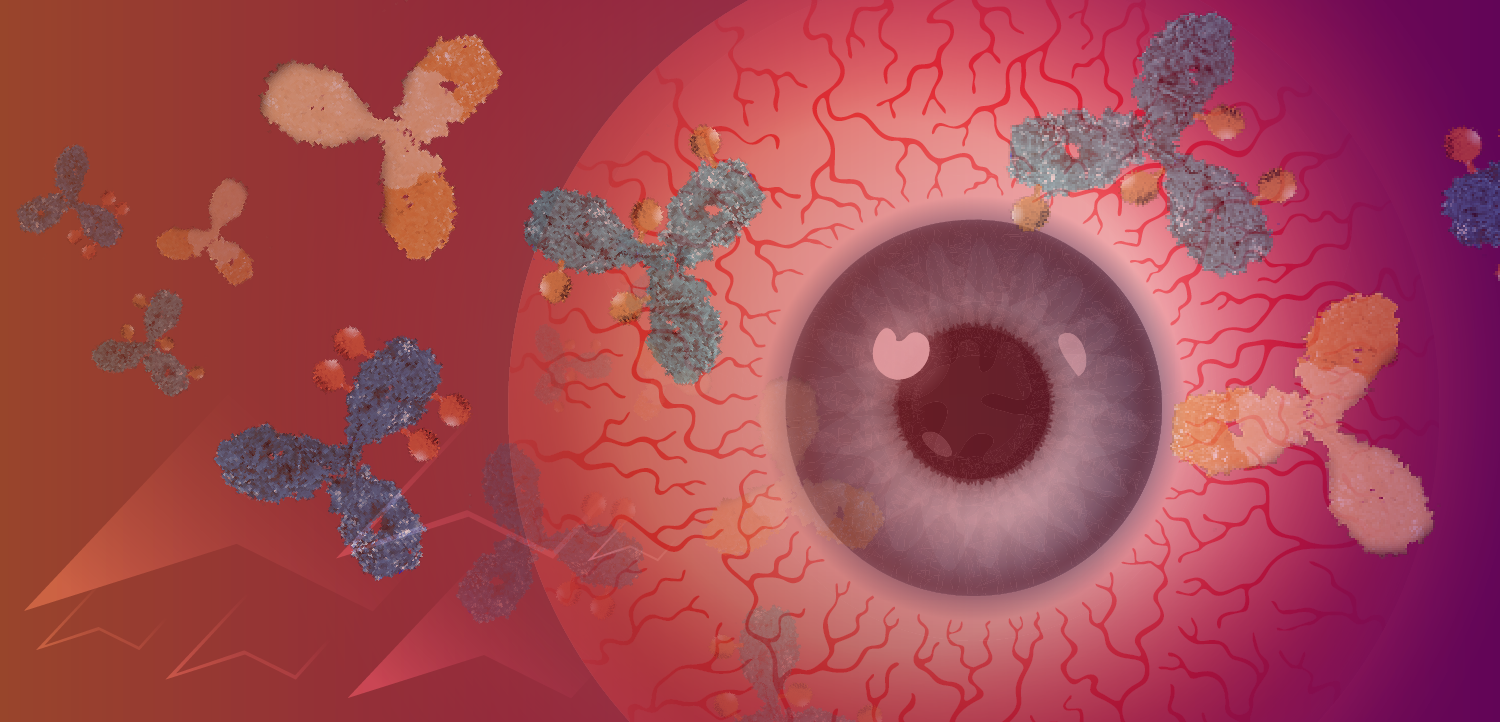Qlaris Bio to present new data on QLS-111 at the 2025 World Glaucoma Congress
Qlaris Bio to showcase promising data on QLS-111, a novel glaucoma treatment, at the 2025 World Glaucoma Congress, highlighting its efficacy and safety.
Qlaris Bio is schedule to present new data from studies of its lead investigational compound QLS-111 at the 2025 World Glaucoma Congress (WGC). These presentations will include data from the QC-111-201 “Osprey” and QC-111-203 “Apteryx” Phase 2 studies in patients with primary open-angle glaucoma (POAG) and ocular hypertension (OHT). The 2025 WGC is being held June 25–28, 2025, in Honolulu, Hawaii.1
QLS-111 is a novel, preservative-free, ATP-sensitive potassium (KATP) channel opener designed to lower intraocular pressure (IOP) by selectively reducing episcleral venous pressure (EVP) and distal outflow resistance. QLS-111 relaxes vasculature tissues distal to the trabecular meshwork, including collector channels, intrascleral vessels, and episcleral vessels. The presentations will discuss the candidate’s mechanism of action and its additive IOP‐lowering benefit when combined with latanoprost monotherapy.1
Barbara Wirostko, MD, FARVO, Chief Medical Officer of Qlaris Bio, is quoted on this candidate in the company’s news release.1 She said, “QLS-111 could be a valuable adjunct to currently available IOP lowering drugs and drainage devices given its complementary mechanism, regardless of baseline IOP. We are especially impressed by the opportunity for QLS-111 to provide strong additive IOP-lowering efficacy in addition to prostaglandins, compared to current adjunctive therapies. As a preservative-free topical eye drop with an excellent safety profile free of added hyperemia at the 0.015% dose, it can offer an improvement in long-term compliance and adherence.”
Presentation details
QLS-111 significantly lowers IOP in Phase 2 studies, Osprey and Apteryx, as monotherapy and adjunctive therapy with excellent safety and tolerability
- Presenter: Barbara Wirostko, MD, FARVO, Qlaris Bio
- Saturday, June 28, 4:30 – 5:30 pm HST
Preclinical assessment of QLS-111, a novel ATP-sensitive potassium channel opener, alone and in combination with approved ocular hypotensive drugs
- Lead Author: Prof. Michael Fautsch, PhD, Mayo Clinic
- Friday, June 27, 4:45 – 5:45 pm HST
Safety, tolerability, and ocular hypotensive efficacy of QLS-111, a novel ATP-sensitive potassium channel opener added to latanoprost monotherapy – QC-111-203 ‘Apteryx’ Clinical Study
- Lead Author: Dr. Barbara Wirostko
- Friday, June 27, 4:45 – 5:45 pm HST
About QLS-111
QLS-111 is a novel topical ATP-sensitive potassium channel modulator that reduces IOP by selectively targeting EVP. The program was originally studied in the laboratory of Prof. Michael Fautsch, PhD, at Mayo Clinic and has been developed into Qlaris Bio’s non-preserved formulation, QLS-111. Clinical studies have demonstrated that treatment with QLS-111 provides significant IOP-lowering, maintains normal vascular integrity, and is well-tolerated without added hyperemia.
Reference:
Qlaris Bio to Present New Clinical and Preclinical Data on QLS-111 at 2025 World Glaucoma Congress. Qlaris Bio, Inc. June 23, 2025. Accessed June 24, 2025. https://www.businesswire.com/news/home/20250623858315/en/Qlaris-Bio-to-Present-New-Clinical-and-Preclinical-Data-on-QLS-111-at-2025-World-Glaucoma-Congress
Newsletter
Don’t miss out—get Ophthalmology Times updates on the latest clinical advancements and expert interviews, straight to your inbox.
Related Articles
 iVeena secures $2 million NEI SBIR grant to advance pediatric myopia therapy
iVeena secures $2 million NEI SBIR grant to advance pediatric myopia therapySeptember 20th 2025
 Part 6: What if? Curing any eye disease with the snap of your finger
Part 6: What if? Curing any eye disease with the snap of your fingerSeptember 19th 2025






















































.png)


